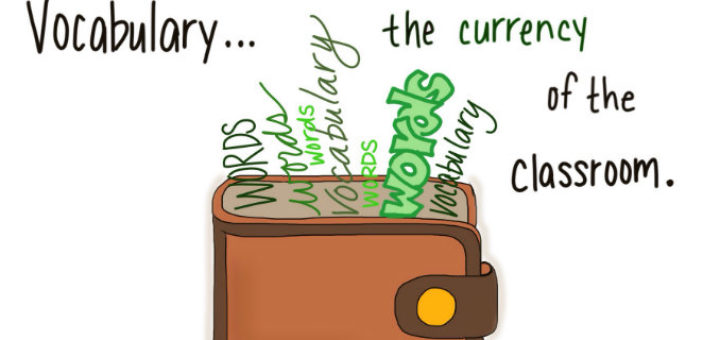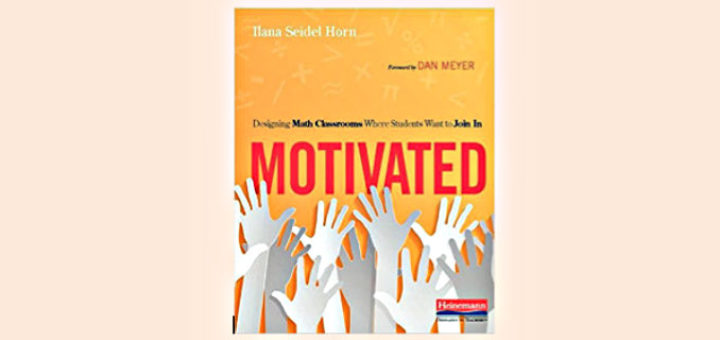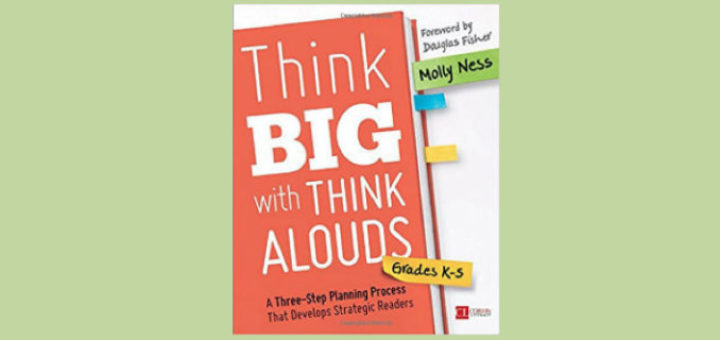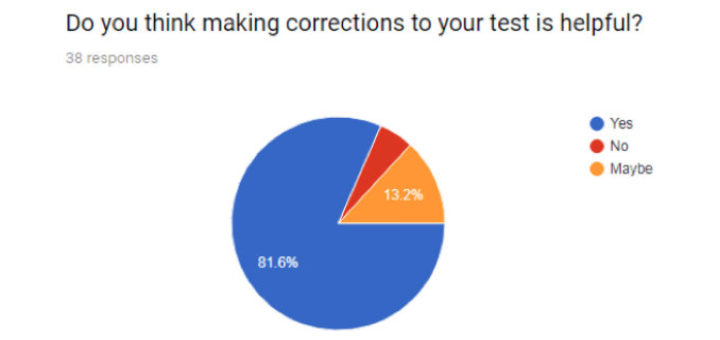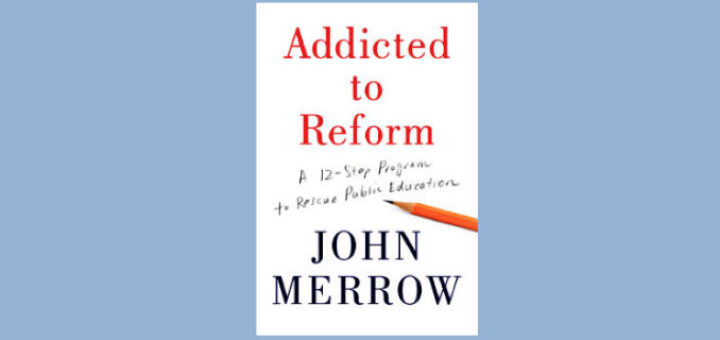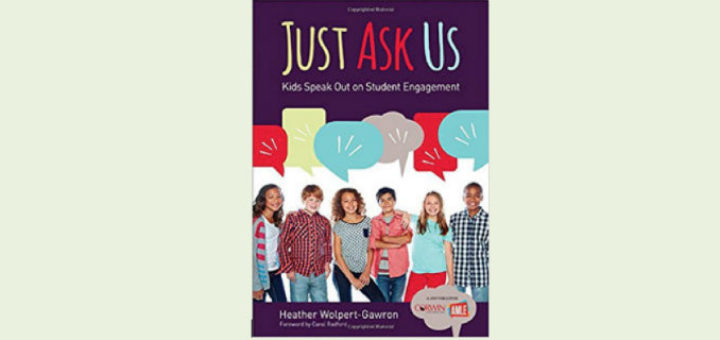Teaching and learning in grades 4-8
To create classrooms where vocabulary learning thrives, Valentina Gonzalez recommends an interactive word wall – a large graphic organizer displaying critical vocabulary with related ideas and visuals added by students. Great across subjects, for ELLs and everyone else!
With spring fever looming, Cheryl Mizerny breaks out her teacher-tested collection of apps and tools that can make her classroom more interactive, relevant and engaging – and her students more eager to learn. Check out Quizizz, Inklewriter and other digital all-stars.
Calling on her background as a researcher specializing in authentic math for all students, Ilana Seidel Horn provides detailed explanations of why detached students resist engagement and offers thoughtful responses that teachers in any subject can use, says reviewer Patti Mosko.
Teacher think alouds should not be spur of the moment but carefully planned events built around specific objectives and your thoughtful analysis of the text in question. Molly Ness’s 3-step process will fully prepare you to wow your students, says reviewer Linda Biondi.
How do we help kids become skillful at evaluating their own work and performance against clearly established criteria? Curtis Chandler highlights quality self-assessment practices, sharing how-to’s and apps for rubrics, portfolios, data notebooks, concept maps and more.
Michelle Russell has always had her students figure out corrections to problems missed on math tests. Wondering how much the routine helps the students learn, she surveys the kids and sets out to tweak the process. Do her plans match your practice?
When Megan Kelly uses wordless picture books in her middle grades classroom, she’s able to push her students deeper. Learn about some of the intriguing texts she uses to improve inference skills, reinforce vocabulary, inspire descriptive writing, and support ELLs.
You’re entering the final stretch of teaching your 2017-18 students. The school year is more than halfway through, winter vacation breaks are over, and you might be feeling a tinge of burnout. Jenny Grant Rankin shares strategies to help you thrive before summer arrives.
John Merrow weaves a narrative that explores the history of America’s failed school reform efforts and offers a vision for ridding public education of our addiction to more of the same in favor of long-term, meaningful and sustainable change, writes teacher Rita Platt.
Drawing on her national survey of 1500 students, Heather Wolpert-Gawron’s “Just Ask Us” brings their voices to the challenges of engagement. Adding teacher interviews and research, she offers a strategy-filled resource that belongs in every teacher’s hands, says David Bever.

